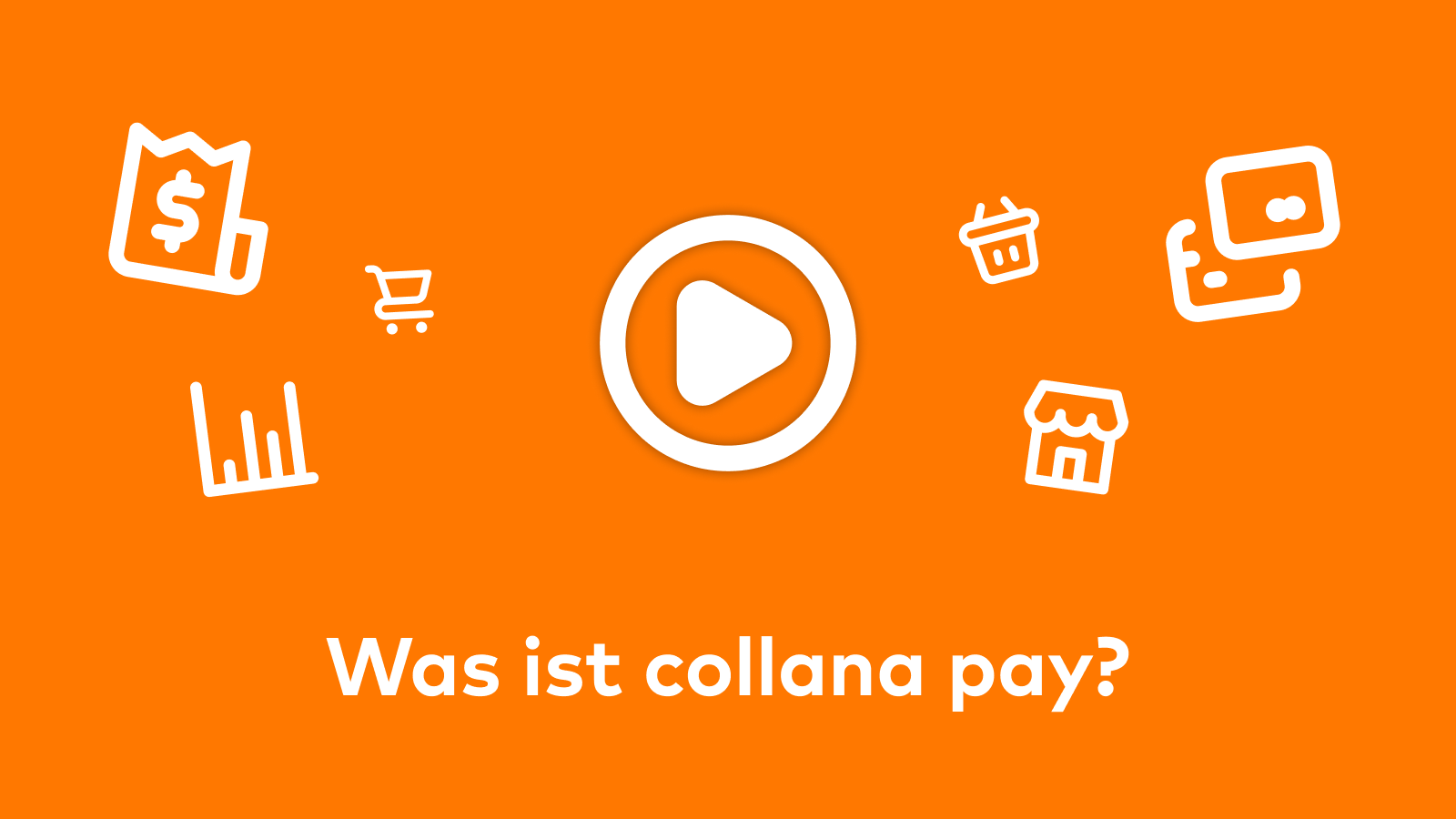With the ever-advancing digitalization,
the world of payment transactions is also changing more and more. The rise
of new technologies has not only changed the way we shop
but also how we pay. At the heart of this transformation are
changing customer expectations, increasingly characterized by convenience, security,
and speed. One innovation that stands out in
particular is Click to Pay. In this blog article, we will
explain the changes in customer expectations for payment transactions and how
Click to Pay drives this evolution.
Comfort is paramount.
In a world where we constantly move between professional obligations, family life, and personal interests, convenience has become an essential factor. Today’s customers expect not only their purchases and financial transactions to be simple and quick but also to customize them to their needs.
However, convenience isn’t just about time. It also concerns how customers manage their transactions. The ability to store digital wallets or account data means that customers don’t have to enter the same information every time. This not only saves time but also reduces the likelihood of errors.
Customer expectations for a smooth and effortless experience have pushed companies to optimize their payment processes, ensuring that customers can pay without problems anytime and anywhere.
Success factor: User experience.
When shopping online, not every customer wants to register every time to make a purchase. About 30% of customers create an account with a retailer but never make another transaction, so guest access would have provided a better user experience. This alternative solution is a widespread and popular method. About a third of all small and medium-sized e-commerce retailers offer this payment method. To make the guest checkout method even more attractive, faster, more comfortable, and safer, the new industry standard Click to Pay is increasingly being used.
What is "Click to Pay"?
Click to Pay allows customers to pay online with a credit card without having to sign up or enter their credit card details. The method is based on the development of EMVCo, a consortium of credit card companies Union Pay, Visa, Mastercard, American Express, JCB, and Discover. The aim of Click to Pay is to improve user-friendliness by offering a standardized and simplified checkout process across various online retailers.
Click to Pay is not a digital wallet app on the smartphone but rather a functionality. Once a card is activated for it and connected to the device during the first payment process, Click to Pay automatically loads all necessary details in the background for the next purchase.
For security, Click to Pay uses the Secure Remote Commerce Standard technology, developed by EMVCo, which uses a scheme token. This technology means that the user does not have to provide clear data, such as their card number or expiry date. Thus, neither the online shop nor its payment providers receive this data.
This makes the payment method safer for both the customer and the retailer, preventing card fraud from stolen card data.
How Click to Pay works
Online retailers should understand how customers perceive and use the Click to Pay process. The process can be divided into four phases: registration, authentication, payment release, and confirmation.
- Registration: The user who wants to use Click to Pay first registers with their credit card provider or bank. They store the relevant credit card data and a preferred delivery address.
- Authentication: Before the actual payment, the user is prompted to authenticate. This can be done through various methods, such as fingerprint, facial recognition, or a security code.
- Payment release: After successful authentication, the user can now use Click to Pay on supported websites. During the payment process, they select the Click-to-Pay logo and are redirected to the authentication page of their credit card provider. The payment is released here.
- Confirmation: After the payment has been released, the user receives a confirmation of the successful completion of the purchase. This confirmation contains all relevant information, including transaction details.
Advantages of Click to Pay
Enhanced user-friendliness: Customers no longer have to log in or fill out registration forms. They can use the Click to Pay procedure directly with their Mastercard or Visa.
Lower drop-out rates: Since the purchase process is simplified with this procedure, the customer faces fewer obstacles on the way to the order. The customer can pay faster and complete the transaction. This reduces the rate of abandoned carts, allowing online retailers to generate more revenue.
Growing acceptance: Click to Pay is increasingly accepted by more and more retailers, increasing convenience for customers.
Cross-device use: Since Click to Pay works on various devices, from smartphones to desktop computers, it allows for seamless shopping across different platforms.
Outlook for the future
The rapid advances in digital payment transactions have already brought us numerous innovations, with Click to Pay emerging as one of the most promising innovations. The combination of convenience, speed, and security addresses the needs of modern consumers and responds to the increasing demands on e-commerce.
In conclusion, Click to Pay represents a significant step towards seamless and customer-friendly e-commerce. It will be exciting to see how the market continues to evolve and what new technologies will shape the online shopping experience in the future.


